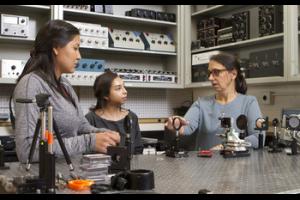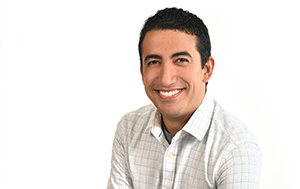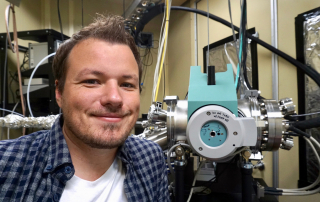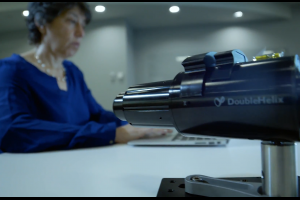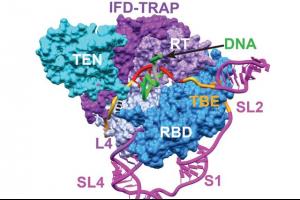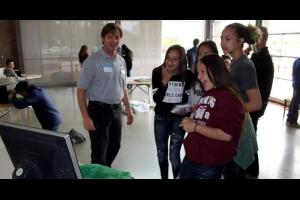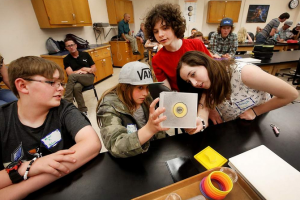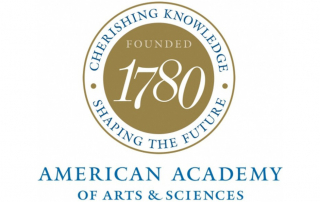NSF awards forge partnerships between minority-serving institutions and leading research facilities
The National Science Foundation (NSF) has awarded new Partnerships for Research and Education in Materials (PREM) grants to support eight collaborations across the United States aimed at fostering cutting-edge materials research while increasing diversity.
The Fort Lewis College and Norfolk State University STROBE Science and Technology Center will focus on advanced imaging and characterization of functional nanomaterials. Fort Lewis College is a Native American-Serving Nontribal Institution, and additionally serves a significant Hispanic population. The PREM framework elements of this project will provide undergraduate students access to research mentors, guided research experiences, professional development activities, a peer support network and leadership opportunities.
